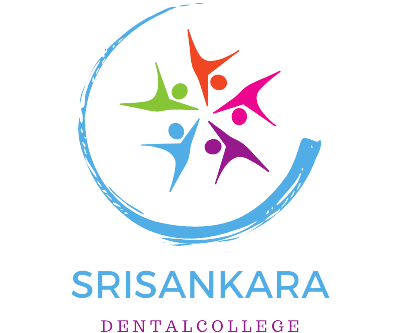Introduction:Early orthodontic treatments in young children corrects dental and skeletal abnormalities. The benefits and consequences of early orthodontic treatment are discussed in this article.
Early Orthodontic Intervention is defined as:To address developing dental and skeletal abnormalities, early orthodontic therapy begins during mixed dentition (ages 7–10).
Purpose: Early intervention guides jaw growth, corrects misalignments, and improves aesthetics, avoiding the need for more intensive treatment.
Indications and contraindications: Early management is recommended for crowding, crossbites, and disparities in jaw growth. Certain conditions may necessitate observation before treatment.
Treatment Approaches: Individual needs and assessments determine whether removable appliances, braces, or functional appliances are employed.
Benefits and drawbacks: Early initiation decreases treatment complexity and length. Compliance and growth trends are critical to success.
Outcomes of Early Intervention:Early intervention results in improved dental alignment, corrected biting, improved aesthetics, and long-term oral health advantages.
Side Effects: Minor and brief discomfort or difficulty speaking may occur. Regular monitoring aids in the resolution of problems.
Types of Early Treatment:Based on the concerns, removable appliances, braces, or functional appliances such as expanders are used.
Additional Considerations: During early orthodontic treatment, regular checkups, oral hygiene practices, and cooperation are necessary.

